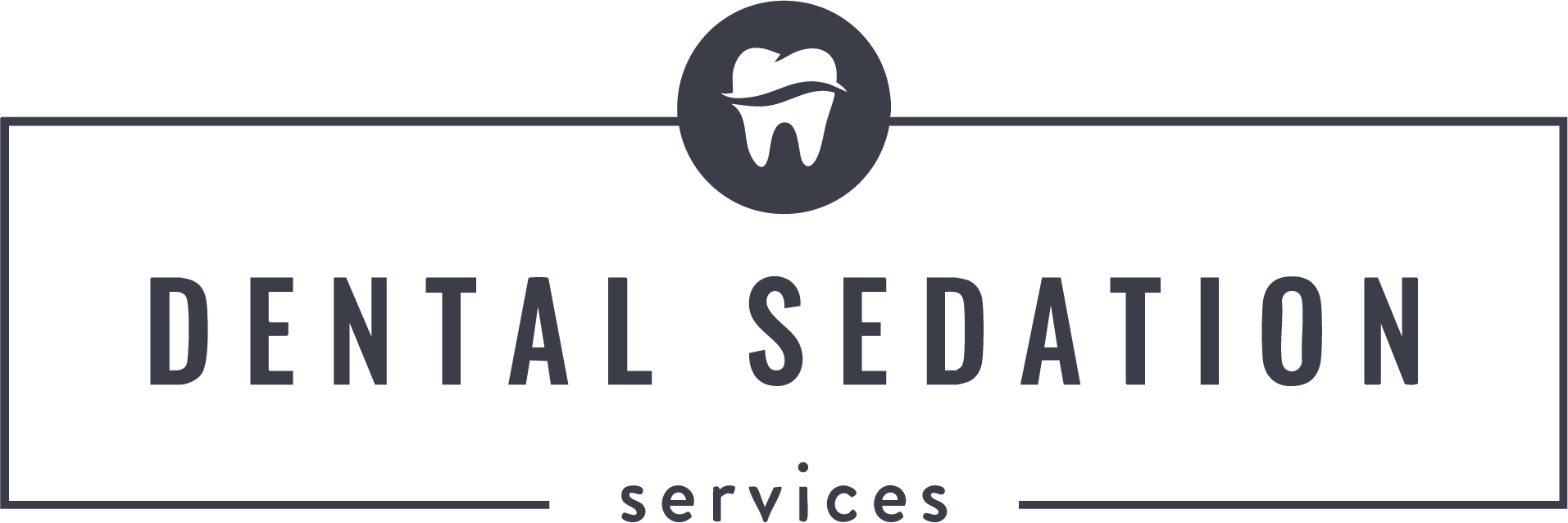There are varying levels of sedation dentistry based on your unique needs. Factors include your level of anxiety, the length of your procedure, your health history and personal preferences. The most common types of sedation dentistry include nitrous oxide, oral conscious sedation and intravenous (IV) sedation.
Types of Dental Sedation
Nitrous oxide
Nitrous oxide is commonly known as “laughing gas”. You inhale nitrous oxide through a mask or nosepiece, and calming effects begin within three to five minutes. Your dentist controls the amount of sedation you receive and adjusts dosages accordingly throughout your procedure. Once your treatment is over, your dentist gives you pure oxygen to flush the nitrous oxide out of your system. Because the laughing gas leaves your system so quickly, you’ll be able to drive yourself home after the procedure.

Oral conscious sedation
With oral conscious sedation, your dentist gives you sedative medication (usually in pill form) about an hour before your procedure begins. Most dentists use triazolam (Halcion®), which is in the diazepam (Valium®) family. But your dentist might use other medications, too, including zaleplon and lorazepam. Dentists often used liquid sedation in pediatric dentistry, such as midazolam oral syrup.
Oral sedation makes you quite groggy, and you may even fall asleep. But you’ll still be able to communicate with your dentist if necessary, and you’ll awaken with a gentle nudge. Because oral sedation temporarily affects your memory and motor skills, you’ll need a friend or family member to drive you home after your procedure.
Intravenous (IV) sedation
IV sedation dentistry is the deepest form of conscious sedation available in a dental office setting. Your healthcare provider delivers sedative medications directly to your bloodstream through an IV line. During your procedure, your dentist monitors your heart rate, blood pressure and oxygen levels. They can adjust your dosage at any point and can use reversal medications if necessary. Most people who receive IV sedation dentistry fall asleep and have little to no memory of their treatment when they wake up. This option is best for people with severe dental anxiety or those who are undergoing lengthy procedures.
Is general anesthesia ever used in dentistry?
Yes, in some cases. General anesthesia in a hospital or ambulatory surgery center may be necessary when treating young children, adults with special needs or people with severe dental anxiety. General anesthesia is a type of unconscious sedation. In other words, you’ll be completely unconscious during the procedure. To provide general anesthesia, your dentist must have advanced, specialized training. In most cases, an anesthesiologist provides this type of anesthesia because it needs constant monitoring during administration.
Dental Sedation Services in NJ
At Dental Sedation Services, we provide high-quality, advanced dental anesthesia services to general dentists and dental specialists in New Jersey, Pennsylvania, and the New York metropolitan area. The anxiety that many patients experience when receiving dental care is significantly reduced when treated in a familiar environment. Our office-based anesthesia services make dentistry more accessible and affordable, while offering patients the convenience of receiving comprehensive dental care in their own dental practice. For more information, you can contact us at (732)986-3690, or visit our website.

